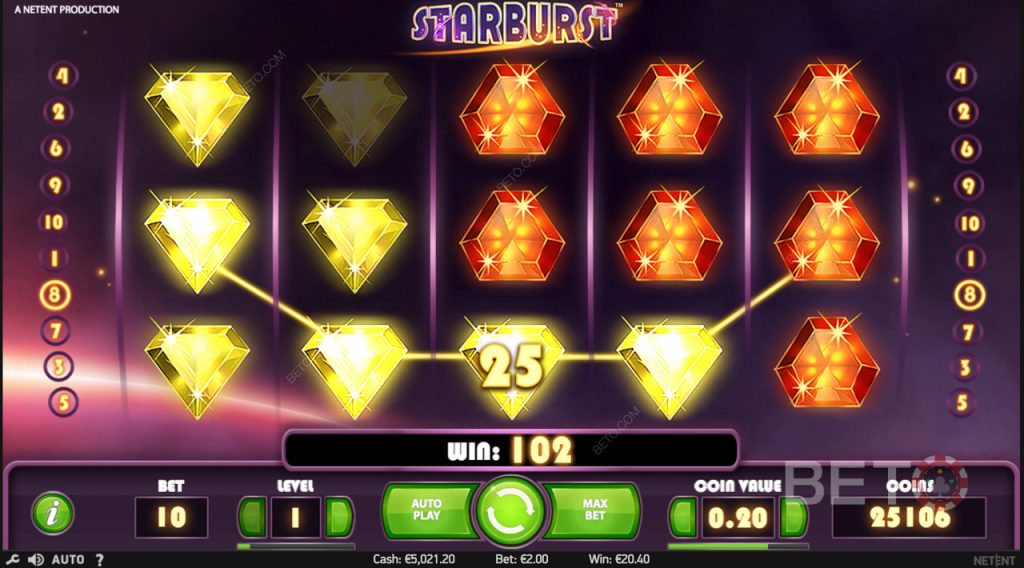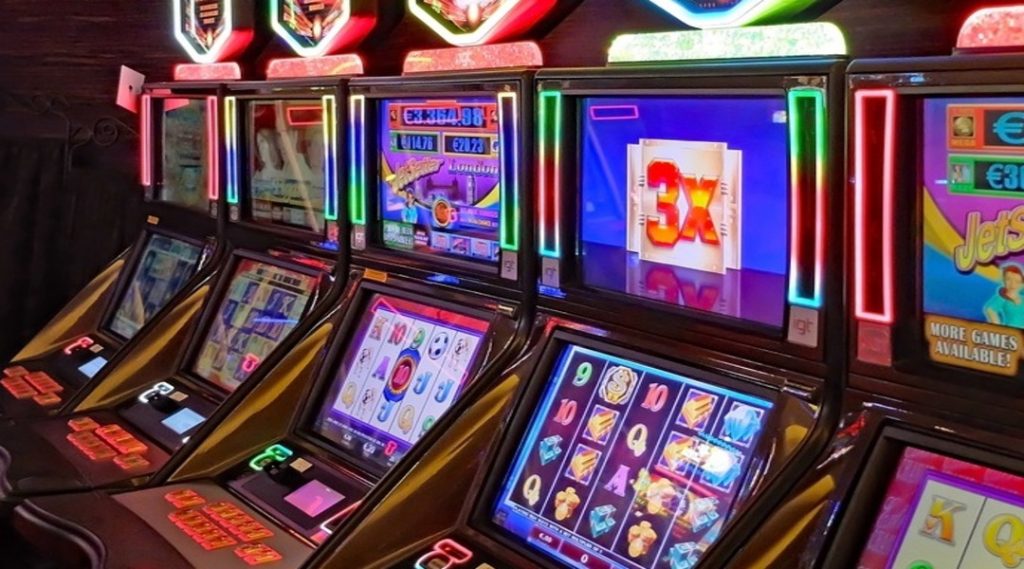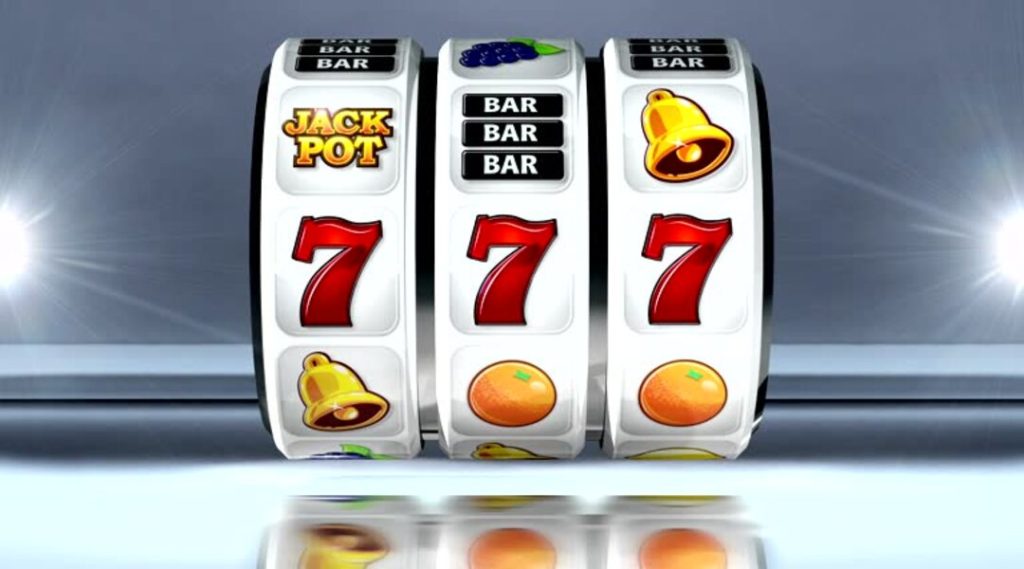It’s not always clear why certain games become immensely popular and stay on the top of their niche for a long time. Creating a global hit is anything but automatic, and a number of factors have to fall into place for the long-term success to materialise. That’s why it’s fascinating to look at a slot game like Starburst that was released way back in 2012 but still gains new fans on a regular basis. Canadian players in particular are fond of this slot title and it is among the most sought after games at nearly all online casinos operating in the country.
This phenomenon is intriguing for several reasons, not the least because it sheds some light on what constitutes a great slot game. We will take a closer look at this game and try to deduce which of its features are responsible for its unmatched popularity in Canada and elsewhere.
Original Starburst – A Timeless Classic
The company behind the Starburst slot (NetEnt) is no stranger to ambitious endeavors in online gambling, and has signed a number of well-known slots. Even by their lofty standards, Starburst is an outlier in the sense that it keeps pulling great numbers more than a decade after its original release. It is found on almost every bigger casino site, and is typically promoted on the homepage as one of the headliners. Looking strictly at the numbers, this game doesn’t exactly jump off the page – this is a pretty standard 5×3 slot with a good but not great RTP of 96% and maximum win capped at just x500. Special features in Starburst include Wild symbols and free spins, but not too many exotic options. In other words, immense popularity of this game can’t be explained by its fundamental qualities alone.
Perfect Game for Casual Players
On the other hand, Starburst has everything that casual players expect from slot games. It is very easy to learn and the symbols are colorful gems and a lucky 7, so they are instantly recognisable without too much effort. Visually, the game was ahead of its time when it was released and even today many players rave about the beauty of its animations. The looks fit well into an identity which is based on strong color scheme and lighthearted atmosphere. Perhaps most important, Starburst is a low-volatility game that awards frequent, if not huge wins. That means more players get to feel the adrenaline rush when they see the symbols lined up in a winning combo. Minimum bet is just $0.01, which is attractive to players who primarily want to have some fun rather than obsess about winning big money.
The Marriage of Simplicity and Convenience

The graphic interface is designed with practicality in mind, and even novice players can quickly find their way around the screen. The game is simple enough to work flawlessly on mobile devices, and you don’t really need a huge screen to see the symbols clearly since they are vividly coloured. While some players might consider the absence of advanced features a shortcoming, apparently the Canadians didn’t get the memo as they enjoy the barebones feel of this classic slot. Later games tried to win over players by adding content on top of the basic game, but there is something pure about slots like Starburst that stick to bread-and-butter reels spinning. It could even be argued that ‘less is more’ principle applies here and that Starburst benefits from being seen as a vintage game free of modern gimicks.
Starburst Galaxy Continues the Franchise
For players who crave more variety and don’t mind some complexity, NetEnt released a well-regarded sequel named Starburst Galaxy. This slot is played on a much larger 5×5 grid (expandable to 7×7) and is loaded with smart mechanics and bonuses, including Scatter Wilds, Avalanche, Elevate, Mega Star, and more. While it shares the same cosmic theme and colorful visual style of its predecessor, the sequel takes things in completely different direction and introduces far more volatility. The maximum win is x25,000, a far cry from the original game and a big enough number to encourage some risky play. Overall, this makeover of the game deliberately aims for a different experience, in part to avoid competing for affection of the players with the beloved original.
Why Canada Is Crazy About Starburst
According to many industry sources, Starburst is consistently listed among the top 10 slots in the Canadian market. This may be explained by the timeline of the game’s global expansion, which coincides with the period of casino gaming laws liberalisation in Canada and robust growth of interest for slot games. A typical player from Canada is more interested in having a nice experience online than in winning a huge jackpot, so many of them are happy with Starburst and don’t bother trying newer games with bigger rewards. Once a game spreads in a specific market it usually has lots of staying power as new players find out about it from personal recommendations and online publications. This is why it’s a safe bet that Starburst will keep a majority of its Canadian devotees for at least several more years.


